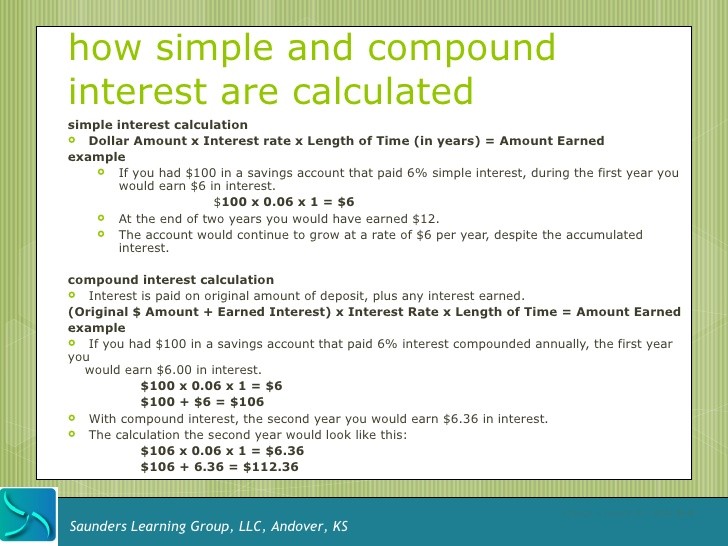Personal Finance 101 Money Market Accounts Versus Normal Savings Accounts The Simple Dollar
Post on: 12 Май, 2015 No Comment

Kathleen writes in with a good question:
A lot of personal finance books I read suggest putting your savings especially stuff like emergency funds in money market accounts. Ive looked into them but I cant figure out what the difference is between a money market account and a savings account. Why is a money market account preferable? Whats the difference?
Understanding Money Market Accounts
Money Market Deposit Account
First of all, lets get some terminology straight. Most of the time, when a personal finance book refers to a money market account, theyre talking about a money market deposit account. A money market deposit account is a specific variation on a savings account that many banks offer.
Money Market Funds
Sometimes, the term money market is used to describe money market funds, which are an investment vehicle not insured or backed by the FDIC and thus not a place you want to put your liquid cash savings.
Money Market Acounts vs. Savings Accounts
Normally, when you deposit money in a savings account, the bank is extremely limited on what they can do with that money. For the most part, the only thing theyre allowed to do with normal savings account deposits is loan that money out to people who need to borrow money, charge the person borrowing a solid rate, and then pay you a part of that rate when its paid back. For example, the bank gets deposits that they charge 1% interest on, lend that money out at a 6% interest rate, then keep the 5% difference as their own income (gotta pay the bills, after all).
A money market deposit account is a bit different. The restrictions on what a bank can do with that money are somewhat looser they can often invest that money in things such as treasury notes, certificates of deposit, municipal bonds, and so on in addition to the tight restrictions of a normal savings accounts. In other words, the bank can take your money and invest it in other investments that are very safe.
For you, the consumer, the differences arent that big. Both a normal savings account and a money market account are FDIC insured, meaning the federal government guarantees your deposits up to $100,000. Both types of accounts have some basic restrictions on how often you can withdraw from them, set by a mix of government regulations and bank policies, but for the most part, youre limited to six withdrawals a month from either type of account.
Commonly, savings accounts at your local brick-and-mortar bank have a pretty low interest rate, but online-only banks (such as my bank, ING Direct) offer rates between 3 and 4% on deposits, with introductory rates sometimes higher than that. Money market accounts offer a rather wide range of rates and these rates often go up and down pretty regularly depending on the investments available to the bank.
Also, money market deposit accounts often have a few additional restrictions and benefits. Some may require a minimum balance; others require you to wait a few days (up to seven) for withdrawals. Some money market accounts, however, allow you to write checks from the account often up to three a month. Consult the specific policies of any money market account youre considering to see whether these restrictions and features are present.
In the end, for most people, a money market deposit account is essentially equivalent to a savings account. At your local bank, the money market account is probably a substantially better deal, as local brick-and-mortar savings accounts offer atrociously low interest rates. If youre comparing with online offerings, though, quite often normal savings accounts offer rates very competitive with money market accounts and offer solid rate stability with no minimums.
Either way you go, savings accounts and money market accounts are the place you should keep your savings, especially if the money is for an emergency fund or another short term goal.














